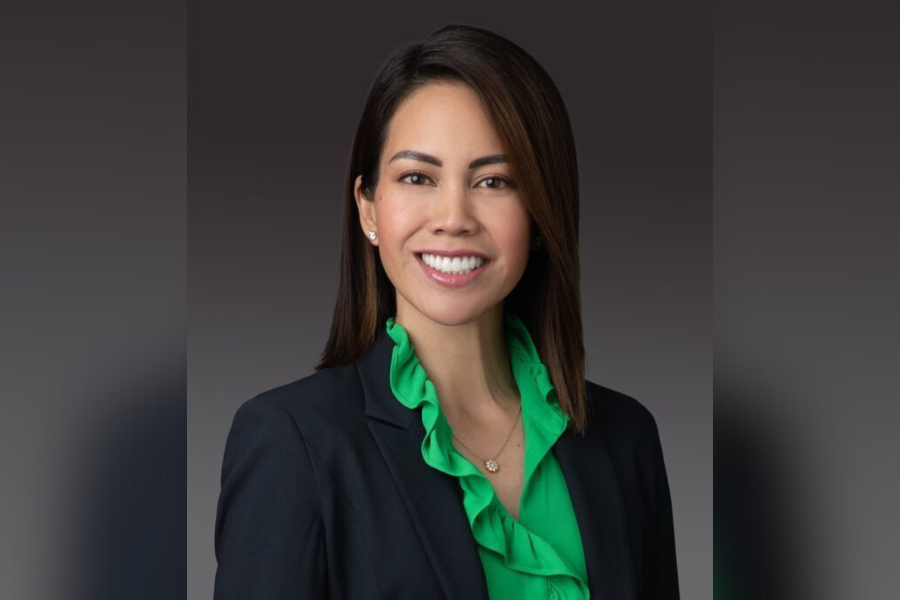

Private credit is hot right now with big banks including Goldman, Citi, and Wells Fargo allocating more to the asset class and JPMorgan looking for a partner to drive its reach.
But the RIA channel has a key role to play in the burgeoning market, according to Alona Gornick, senior investment strategist at Churchill Asset Management, the $50 billion+ private capital affiliate of Nuveen, who has been sharing her insights with InvestmentNews.
“While wirehouses remain a significant distribution channel, RIAs are a key growth area for private capital managers,” she said. “Managers are investing heavily in building accessible products for the wealth channel, with more accommodating fund structures that offer lower minimums and flexible liquidity features, avoid capital calls and issue 1099s. RIAs represent a significant portion of our fundraising efforts for these products.”
Diversification is part of the current attraction to private credit among retail investors, especially those questioning the 60/40 portfolio model and concerned by the volatility of the public markets which has been exacerbated by interest rates, inflation, and geopolitics.
But while income generation and risk-adjusted total returns may be enticing for retail investors, performance needs to be combined with knowledge to accelerate its growth.
“With double-digit yields, low default rates and low volatility, private credit is a compelling opportunity compared to traditional fixed income,” said Gornick. “One of the most important keys to retail investors’ uptake will be educating RIAs on the industry and product(s) so they have the appropriate knowledge to provide their clients.”
The risks associated with public markets are well known to advisors and should be to investors, but the opacity of the private markets may be a turn off for many.
“We are still in the early stages of private capital’s penetration into the wealth channel, so continuous education is key,” explained Gornick. “Advisors need a balanced understanding of both risks and opportunities. Our discussions with interested RIAs and advisors typically focus on default/loss expectations, the impact of competition on spreads and yields, key differentiators within private credit segments, and liquidity flexibility.”
She added that investors need to understand that a default does not necessarily translate to a loss, particularly in buy and hold strategies like direct lending.
“In many cases, recoveries are feasible, as constructive resolution can be achieved with like-minded, long-term focused debt and equity investors,” she explained. “In public markets, investors can have very different investment mandates and time horizons, which can hamper recoveries. Accordingly, recovery rates for middle market direct lending are meaningfully higher at 70+% compared to high yield bonds at 40+%, per data from Pitchbook and Cliffwater.”
Among the investment opportunities within the private credit space are Business Development Companies, with a record seven new ones launched in 2023.
“While retail options for private credit are still very much in its infancy compared to mutual funds (over 7,000 options) and ETFs (over 8,000 options), the benefits of private credit shine brighter in uncertain times. We expect both investor interest and fund opportunities in private wealth to continue to climb,” Gornick said.
Private credit AUM will hit $2.8 trillion by 2028 according to estimates from Preqin, up from $1.7 trillion today. With the average retail investor’s portfolio allocation to alternatives at just 2-3%, there is significant growth potential within private credit, with retail investors helping to drive it.
“The industry is poised for substantial growth, in many ways driven by capital influx from the retail investor community, with Bain estimating the global alternatives assets under management for private wealth investors will expand at a 10 to 12% CAGR by 2032, indicating significant upside for private credit allocations within the wealth channel,” concluded Gornick.

Relationships are key to our business but advisors are often slow to engage in specific activities designed to foster them.

Whichever path you go down, act now while you're still in control.

Pro-bitcoin professionals, however, say the cryptocurrency has ushered in change.

“LPL has evolved significantly over the last decade and still wants to scale up,” says one industry executive.

Survey findings from the Nationwide Retirement Institute offers pearls of planning wisdom from 60- to 65-year-olds, as well as insights into concerns.
Streamline your outreach with Aidentified's AI-driven solutions
This season’s market volatility: Positioning for rate relief, income growth and the AI rebound
